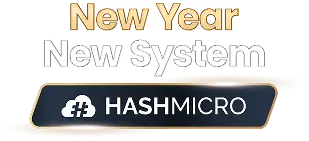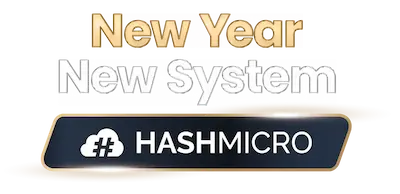Efficient payment systems play a crucial role in companies’ smooth financial operations. With the advancement of technology, enterprise resource planning (ERP) payment systems have emerged as powerful tools to enhance security and improve overall financial management.
An ERP payment system is crucial for any company looking to streamline its payment processes. In this article, we present the top 7 ERP payment systems that companies can consider integrating into their operations.
Whether you’re running a small business or managing a large enterprise, these systems provide comprehensive features designed to handle payments, invoicing, financial reporting, and more. With the right ERP payment system, I’ve found that businesses can achieve seamless and efficient payment transactions.
Key Takeaways
|
What is an ERP Payment System?
An ERP payment system refers to a payment processing solution integrated within an Enterprise Resource Planning (ERP) software. It provides companies with a centralized platform to handle their payment-related activities and streamline financial operations.
Additionally, it often supports integration with external payment gateways like FastoPayments. The primary purpose of an ERP payment system is to facilitate efficient and secure payment transactions within an organization.
It enables companies to manage both incoming and outgoing payments, handle invoicing, reconcile bank statements, track cash flow, and generate financial reports. In my professional experience, integrating payment functionality within the ERP system allows businesses to automate and streamline their financial processes with greater accuracy and efficiency.
Benefits of Incorporating an ERP Payment System
To perform ERP implementation, companies need to incorporate ERP payment software into their system setup. This is due to the benefits that incorporating an ERP payment system has for a company.
First, the typical ERP system usually has features such as invoicing, billing, payment tracking, payment gateway integration, and financial reporting. These features make it easier for companies to streamline financial processes and improve cash flow management.
Secondly, the system increases accuracy and reduces human errors through process automation and data synchronization. From my perspective, this ensures safe and reliable payment processing that businesses can depend on.
Lastly, an ERP payment system generates comprehensive financial reports. I believe this empowers company management to monitor performance effectively and identify areas for improvement.
7 Best ERP Payment Systems in 2025
There are several highly regarded ERP payment systems available in the market. Each has its functionalities and features. Companies can adjust their organizational needs and requirements with the options they have. Here are some recommended ERP solution provider options:
1. HashMicro’s Accounting Software

HashMicro’s Accounting Software is a tool that offers comprehensive features, including a payment system. It is designed to manage various financial operations within a company. From my perspective, the software provides many benefits, such as optimizing efficiency, generating real-time data, and increasing profitability.
One of the features I find most impactful is the financial dashboard, which enables management to oversee all financial operations, including income and cash balances, in one place.
Another feature of the software that stands out is its ability to integrate with other systems, such as the inventory management system, purchasing system, and sales system.
This proves that whether you are a large enterprise or a small business, HashMicro’s Best Accounting Software is a comprehensive solution for your financial operations, including as a payment system.
2. NetSuite ERP System

As a cloud-based ERP solution, Oracle NetSuite offers a sophisticated payment system designed to simplify and automate payment processes. From what I’ve observed, its integrated accounts payable functionality enables efficient payment processing, automatic payment approvals, and streamlined vendor management.
It also integrates easily with major payment gateways, which allows businesses to accept various payment methods securely.
3. SAP S/4HANA Cloud
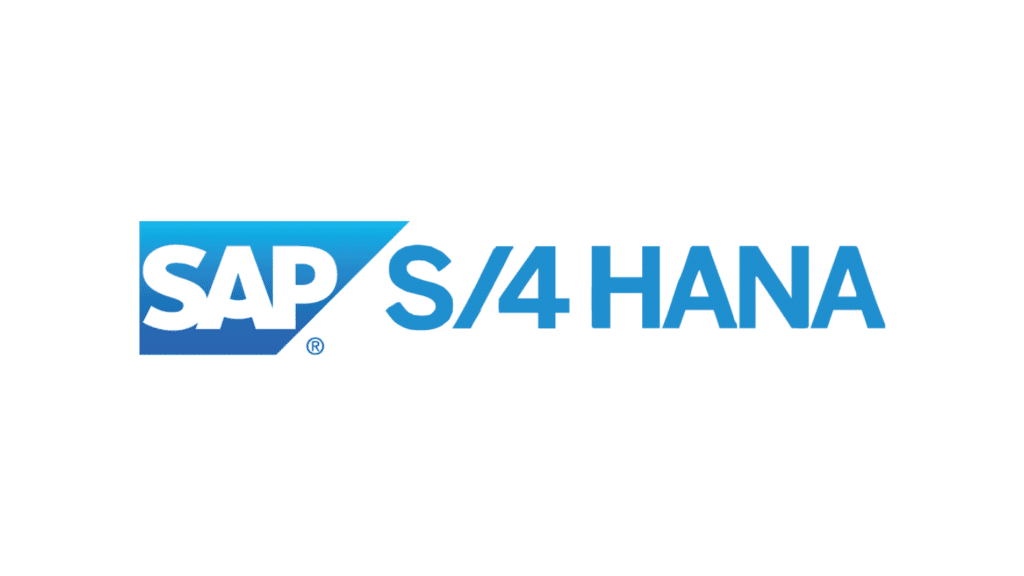
SAP S/4HANA provides a robust payment system that integrates with its suite of enterprise management modules. It has features like automated payment processing, bank reconciliation, and customizable invoicing templates.
I also find its real-time analytics and reporting capabilities useful, as they give businesses the opportunity to monitor transactions more closely and base their decisions on accurate, up-to-date data.
4. Sage Intacct
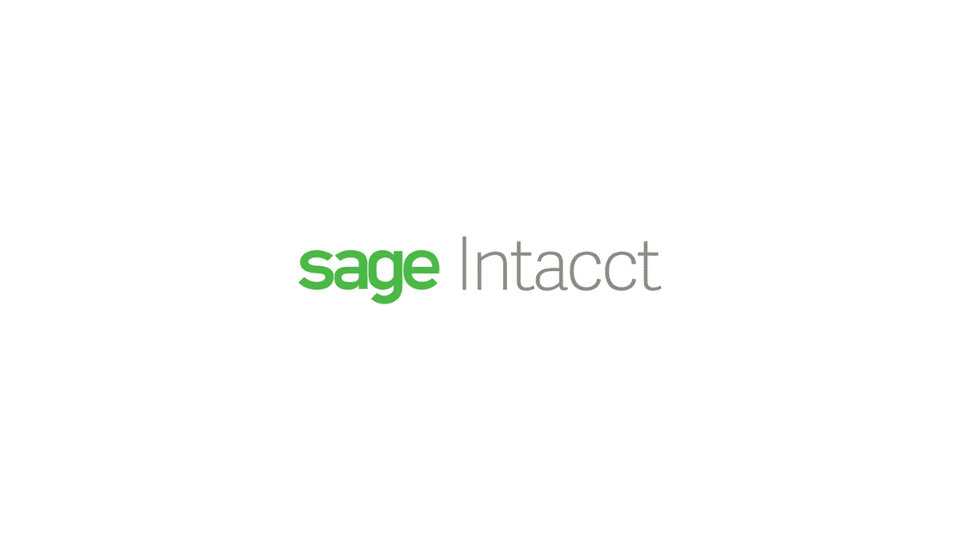
Sage Intacct is a cloud-based ERP application that provides financial management solutions, including integrated payment processing and automated workflows. I’ve noticed that these functions can significantly cut down repetitive manual work, which not only saves time but also helps companies manage costs more effectively.
This reduces manual tasks and saves time, which increases the chances of saving costs. The system also offers integrated financial reporting and real-time cash flow visibility.
5. Microsoft Dynamics 365 Finance
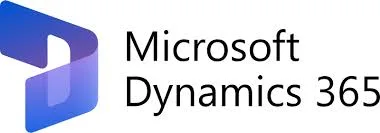
Microsoft Dynamics 365 Finance incorporates payment processing features within its ERP solution, covering the entire payment lifecycle from invoicing to reconciliation. With built-in security, robust reporting, and seamless integration with other Microsoft products, I see it as a practical option for businesses looking for familiarity within the Microsoft ecosystem.
6. Infor ERP

Infor ERP is not primarily focused on payment management, but it does offer payment functionalities as part of its financial management module. The system supports payment processing, electronic payments, payment reconciliation, and integration with payment gateways.
From my perspective, its additional features (such as vendor payments, payment integration, and cash management) still provide businesses with enough flexibility to manage financial transactions within a broader ERP framework.
7. Odoo ERP
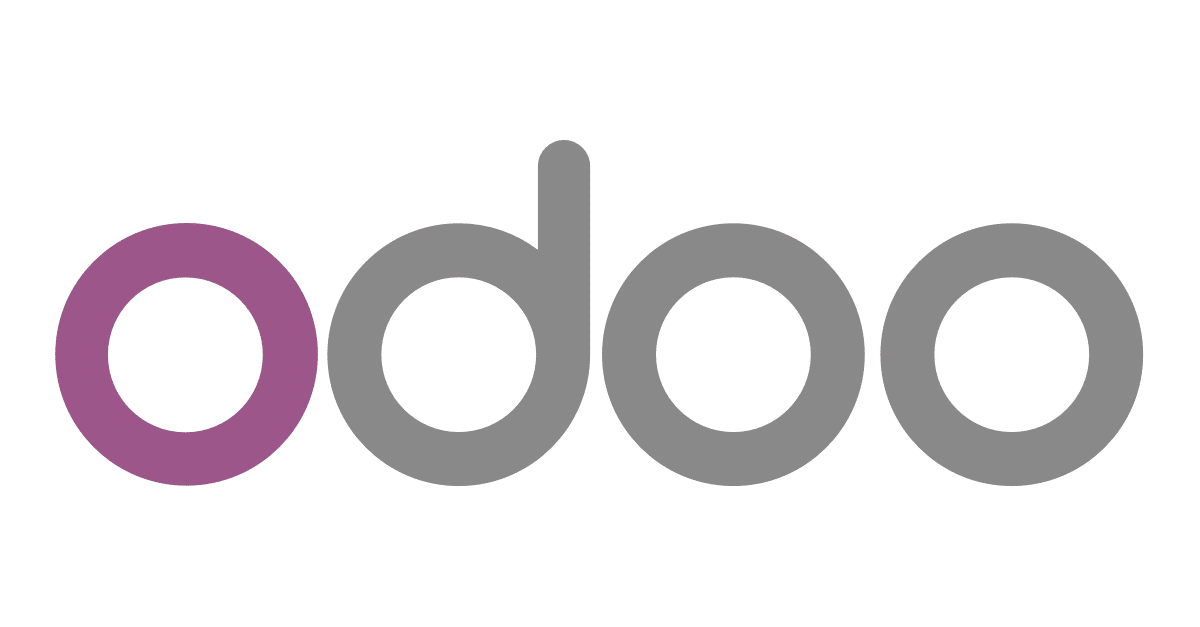
Odoo ERP is an open-source ERP system that offers a wide range of modules to manage various aspects of a business. It is not primarily designed as a payment system. However, it does provide payment management functionalities as part of its finance and accounting module.
I find its features, like; payment gateway integration, automated reconciliation with bank statements, and cash management, useful for businesses that need flexible and customizable tools to support their financial operations.
Conclusion
The integration of ERP software and payment system has become increasingly vital for companies seeking efficient and streamlined financial operations. These systems empower companies to optimize their payment processes, improve cash flow management, enhance accuracy, and drive productivity.
By leveraging centralized platforms, companies can consolidate their financial activities, leading to greater operational efficiency and cost savings. The top 7 ERP payment systems presented in this article offer comprehensive features and functionalities designed to meet the diverse needs of businesses.
However, HashMicro’s Accounting Software is considerably the best ERP software in the market for organizations of all sizes. I’ve seen how its robust capabilities and comprehensive features empower businesses to streamline operations and stay ahead of the competition. I highly recommend scheduling a free demo today to experience these benefits firsthand!
Warning: Undefined array key "med" in /home/hashmicr/public_html/blog/wp-content/plugins/insert-headers-and-footers/includes/class-wpcode-snippet-execute.php(419) : eval()'d code on line 281

FAQ ERP Payment System
-
What is the payment process in ERP?
The payment process in ERP is an automated workflow that manages invoices, billing, approvals, and payment execution, helping businesses save time and reduce errors.
-
What is the ERP mode of payment?
The ERP mode of payment refers to the different payment methods supported by the system, such as bank transfers, credit cards, digital wallets, and even integrated payment gateways.
-
What is the ERP system in Singapore?
An ERP system in Singapore is an integrated software solution that helps businesses streamline key operations while ensuring compliance with local standards.

